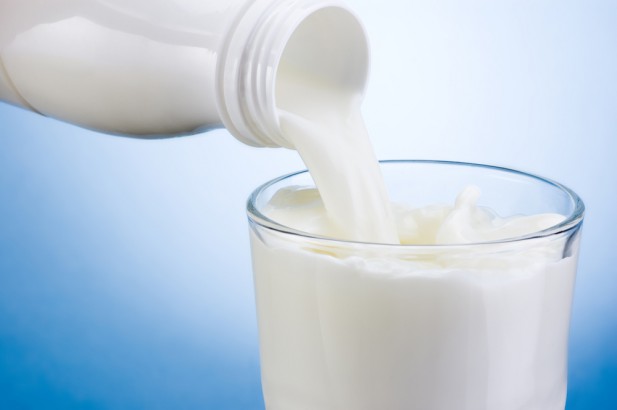Are saturated fatty acids in milk or butter bad?
mis à jour le 14 July 2015 à 18:30Understand the difference between bad and good fats and those of plant and animal origin before jumping the gun.
Even though they are all part of the same 'fat' family, saturated fatty acids may have very different properties. But mostly, they're known to be the 'bad fats' that are harmful to the heart. Today, we're going to make clear the distinction between those of plant origin (in oils, such as palm or coconut) and those of animal origin (butter and dairy products produced by ruminants and fat from goose or duck). "The fatty acids that are found in milk and dairy ruminants have a special chemical structure and do not increase cardiovascular risk, provided you do not abuse it of course," says Prof. Michel Lagarde.
It's recommended that the intake of saturated fatty acids should not exceed more than 12% of our daily calories, that is less than 240 calories of the 2000 kcal a woman eats per day. In practice, it is limited to 300g of meat per week. Opt for white meat and those rich in omega-3 (Blue White Heart sector for example). This prevents overconsumption of meat. For dairy products, 3 servings per day is sufficient, and not more than 30g of cheese.
Maureen Diament
Read More:
Olive Oil: Beneficial to more than just the heart
What are some of the incredible properties of Omega-3?
Healthy Fat: End the war against fat!




